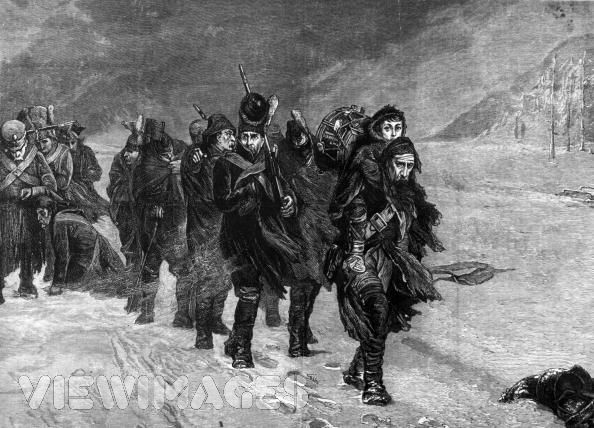Friction

Tactical decision-making is complicated by two phenomena not relevant to strategic and operational decision-making:organizational friction and the fog of war. Drawing on his experience as an officer with a close perspective on both Frederick the Great and Napoleon Bonaparte, Carl von Clausewitz published an influential book called On War in 1832.In this work, he introduced the concept of “friction” as a hindrance to the execution of strategy.He used this term to describe the “myriad of small, but collectively numerous things that happen that cannot be foreseen or planned for, and which cause leaders to spend time on unforeseen decision making.” Clausewitz noted that no military or organizational unit can be thought of as a single or solitary piece: “each part is composed of individuals, every one of whom retains his potential for friction.”
It is friction that accounts for the difference between how long things are expected to take “on paper” and the actual time that elapses due to unexpected distractions.As an example, one can plan for a group of people to walk in formation from point to point in an hour, but if sixty people each stop separately for a minute to tie a shoelace, holding up the line behind them, the last person in line will arrive an hour late because of the accumulation of delay.Unexpected events invariably cause friction that delays or sets a group off course.
According to Goldratt’s “theory of constraints,”organizations seeking to maximize throughput must identify and minimize the sources of friction, called “constraints.”Any business process has a “bottle-neck” or pinch point.Imagine, for example, that you want to move as many widgets as possible through a factory-type process.The throughput of each sub-process in your factory is measurable, and you the throughput of your entire chain of processes is equal to the lowest throughput of theentire process.By opening up the throughput of this “Constraint” in your system, you have improved the throughput of the entire system.
In business, efforts to “get the job done” at the operational and tactical level can be thought of as “managing constraints.”Constraint management is a matter of finding sources of friction and streamlining throughput.